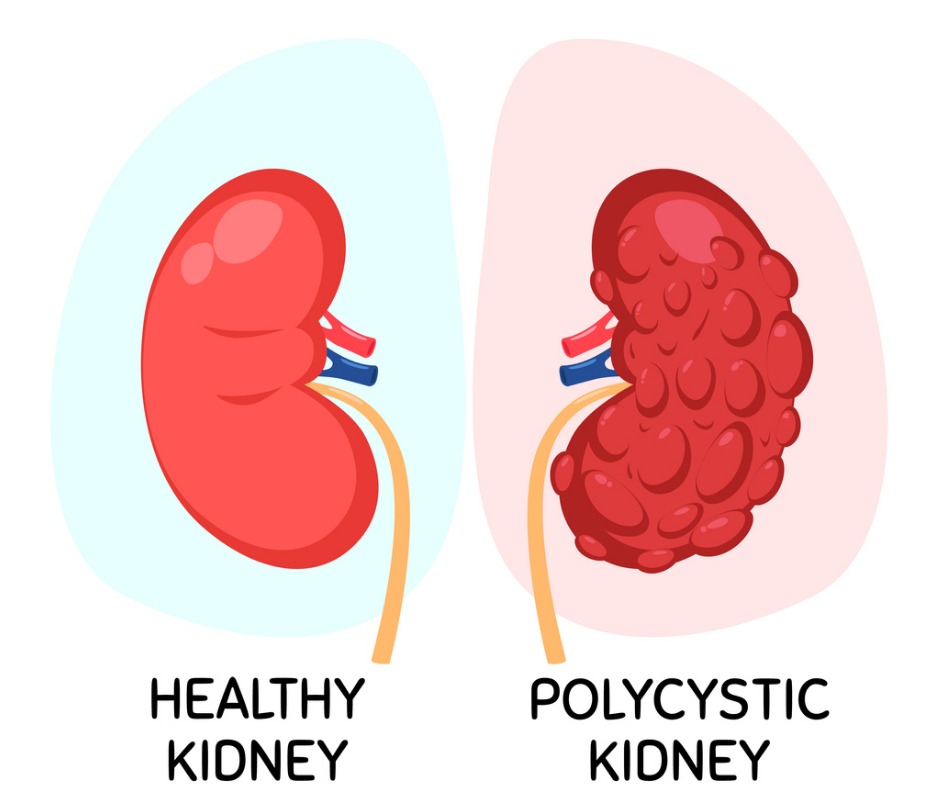Pain
Diagnosing Kidney Stones

What are kidney stones?
Kidney stones, also referred to as renal calculi, nephrolithiasis or urolithiasis, are hard masses made of millions of tiny crystals. They can range in shape and may be as small as a grain of sand or as large as a golf ball. Large kidney stones may become trapped in the ureter, which is the duct that urine travels from the kidney to the bladder. This can result in severe pain, bleeding, and the inability to pass urine. Surgery may be needed for larger kidney stones.
Diagnosing kidney stones
If pain is severe and kidney stones are suspected, a health care professional should be consulted. The process of diagnosing kidney stones includes a health history, physical examination, urinalysis, blood work, certain imaging tests, and examination of any previous stones passed.
Health history
A health care professional will evaluate a health history. It should include past or current health conditions, family medical history, detailed description of symptoms, and any prescription or over-the-counter medications being taken. Current or past kidney issues or stones should also be included.
Physical examination
A physical exam will include pressing on tender spots to examine areas of pain. Kidney stones are often painful in the flank, lower abdomen, or groin area.
Urinalysis
A urine sample will be obtained to check for blood or infection in the urine. Levels of substances that form kidney stones and white blood cells will also be evaluated. Two urine collections over a period of two days may be requested for accurate readings.
Blood test
A blood sample may be collected to measure blood urea nitrogen (BUN) and creatinine to determine how the kidneys are functioning. Calcium, phosphorus, uric acid, and electrolytes will also be examined. Additionally, a blood test can determine if an infection is present.
Imaging tests
Certain imaging tests may be needed for a final diagnosis. They include the following:
- X-ray. A simple X-ray can find larger kidney stones. However, they may miss smaller stones.
- Ultrasound. An ultrasound uses sound waves to create images of the inside of the abdomen. It is quick, easy and non-invasive.
- Computed tomography (CT). A CT scan is the preferred imaging test used to detect kidney stones. It can show smaller stones, while determining the size, shape, location and number of kidney stones present.
- Other imaging tests. In certain situations, a health care professional may request additional imaging tests. They may include an intravenous pyelogram (IVP), retrograde pyelogram, or an MRI scan.
Analyzing previous kidney stones
If previous kidney stones have been passed and are still available, or if stones are currently being passed, a lab may analyze them to determine what they are made of. To catch kidney stones, a strainer is utilized. Concluding what the stones are made of can help with a current treatment plan and preventing additional kidney stones.


















